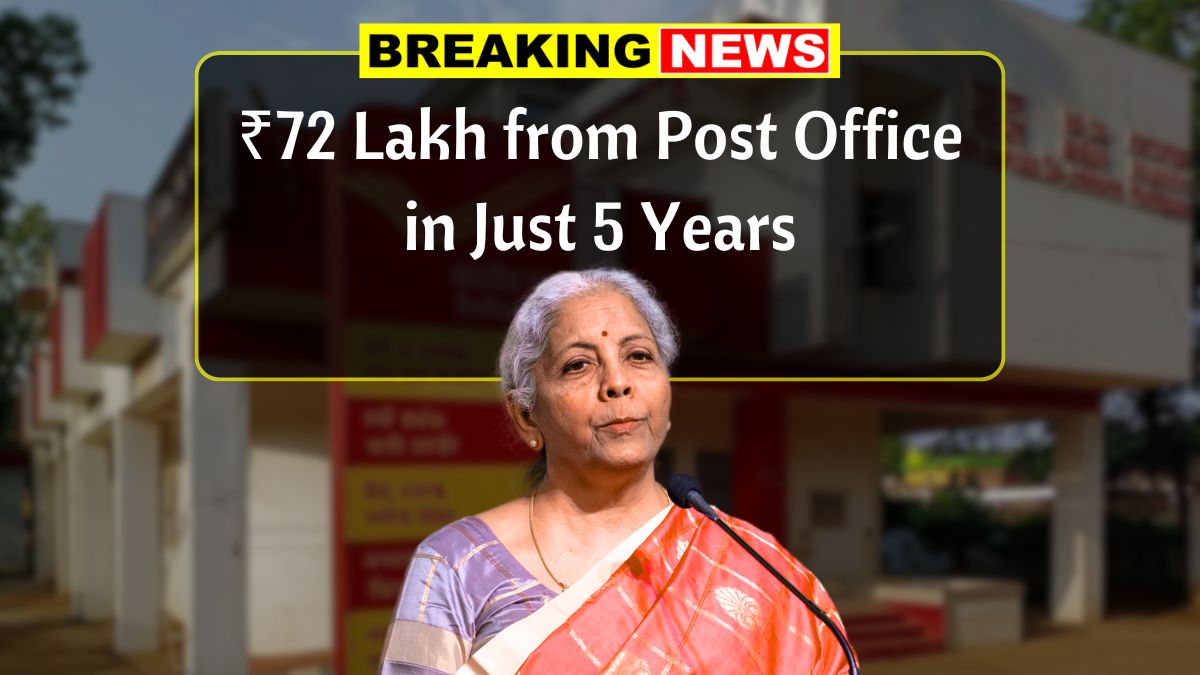GNSS Toll System – The tolling landscape in India is undergoing a significant shift, and if you’re a vehicle owner, you’ll want to make sure you’re on the right side of the change. The transition from the familiar FASTag system to the new GNSS (Global Navigation Satellite System) toll collection method is officially underway. With the FASTag system being phased out, it’s time to make the switch and avoid unnecessary fines. But don’t worry – we’ve got you covered with a step-by-step guide on how to seamlessly transition to GNSS and enjoy a smoother, more efficient tolling experience.
Understanding the GNSS Toll System
So, what exactly is GNSS, and why is it replacing FASTag? The GNSS tolling system uses satellite signals to track vehicles and calculate toll charges based on the distance traveled. Unlike the previous RFID-based FASTag, GNSS doesn’t require vehicles to stop at toll booths. Instead, it works in the background, automatically calculating tolls as vehicles pass through toll zones, resulting in a more seamless travel experience.
Here’s why the GNSS toll system is a game-changer:
- Seamless toll collection without the need to stop at booths
- Accurate toll charges based on distance traveled, rather than a flat fee at each booth
- Reduced congestion and waiting times at toll gates
- Improved transparency in toll transactions, benefiting both users and the government
- Better revenue tracking for the government, making toll systems more efficient
In simple terms, GNSS promises to make your highway journey smoother, faster, and more transparent.
Steps to Transition from FASTag to GNSS
The transition from FASTag to GNSS is a crucial move that every vehicle owner needs to make to stay compliant and avoid penalties. Here’s a quick breakdown of the steps involved:
- Obtain a GNSS-enabled device for your vehicle.
- Register your vehicle with the GNSS system through the official online portal.
- Ensure your account is funded for automatic toll deductions.
By following these basic steps, you’ll be well on your way to a hassle-free tolling experience.
How to Get Started with GNSS
Switching to GNSS is a straightforward process, but it’s essential to follow the steps to ensure everything runs smoothly. Here’s how you can get started:
- Purchase a GNSS Device: Head over to an authorized dealer to buy a GNSS-enabled device. Ensure that the device is compatible with your vehicle.
- Register Your Vehicle: Go online and follow the registration process. You’ll need to provide your vehicle details to complete this step.
- Link Your Bank Account: For toll charges to be deducted automatically, link your bank account to your GNSS account.
- Verify Device Installation: Once the device is installed, do a quick test to ensure it’s working correctly.
- Monitor Toll Transactions: Regularly check your account to keep track of toll charges and ensure everything’s up-to-date.
- Update Personal Information: Keep your contact details and vehicle information updated to avoid any interruptions in service.
Comparison: FASTag vs. GNSS
Let’s take a quick look at how GNSS stacks up against the old FASTag system:
| Feature | FASTag | GNSS |
|---|---|---|
| Technology | RFID | Satellite-based |
| Payment Model | Prepaid | Postpaid |
| Toll Calculation | Per toll booth | Distance-based |
| Traffic Flow | Moderate | High |
| Setup Requirement | Tag installation | Device installation |
| Operational Cost | Low | Moderate |
| Government Revenue | Less transparent | More transparent |
As you can see, GNSS offers several advantages, from smoother traffic flow to more accurate toll calculations.
Future of Tolling in India
As we move from FASTag to GNSS, India’s tolling system is set for a major upgrade. Here’s what the future of tolling looks like:
| Aspect | Current System | Future System | Impact |
|---|---|---|---|
| Technology | FASTag | GNSS | Enhanced efficiency |
| Cost | Fixed | Variable | Fair pricing |
| Revenue | Limited tracking | Comprehensive | Increased tracking |
| Implementation | Physical booths | Digital tracking | Seamless tolling |
| User Experience | Inconvenient | Convenient | Improved |
| Environmental Impact | High emissions | Reduced emissions | Eco-friendly |
| Compliance | Manual checks | Automated | Efficient |
The move to GNSS will not only make tolling more efficient but will also reduce emissions by eliminating toll booths, leading to smoother and faster traffic flow.
Preparing for GNSS Implementation
To ensure you’re ready for GNSS, here are a few things you can do:
- Stay informed about the transition deadlines.
- Ensure your vehicle is equipped with the necessary GNSS device.
- Keep track of government and transport updates to stay ahead of the curve.
The switch to GNSS is a positive step for India’s infrastructure and tolling systems. The convenience, accuracy, and transparency that GNSS brings to the table will undoubtedly make tolling much easier and more efficient. By adopting GNSS now, you’re not only avoiding fines but also contributing to a more modern, streamlined system that benefits everyone.
So, if you haven’t made the switch yet, it’s time to get started. With GNSS, you’ll enjoy faster travel, fairer pricing, and a much better experience on the road. Plus, you’ll be ahead of the curve, ensuring that you’re ready for the future of tolling in India!














